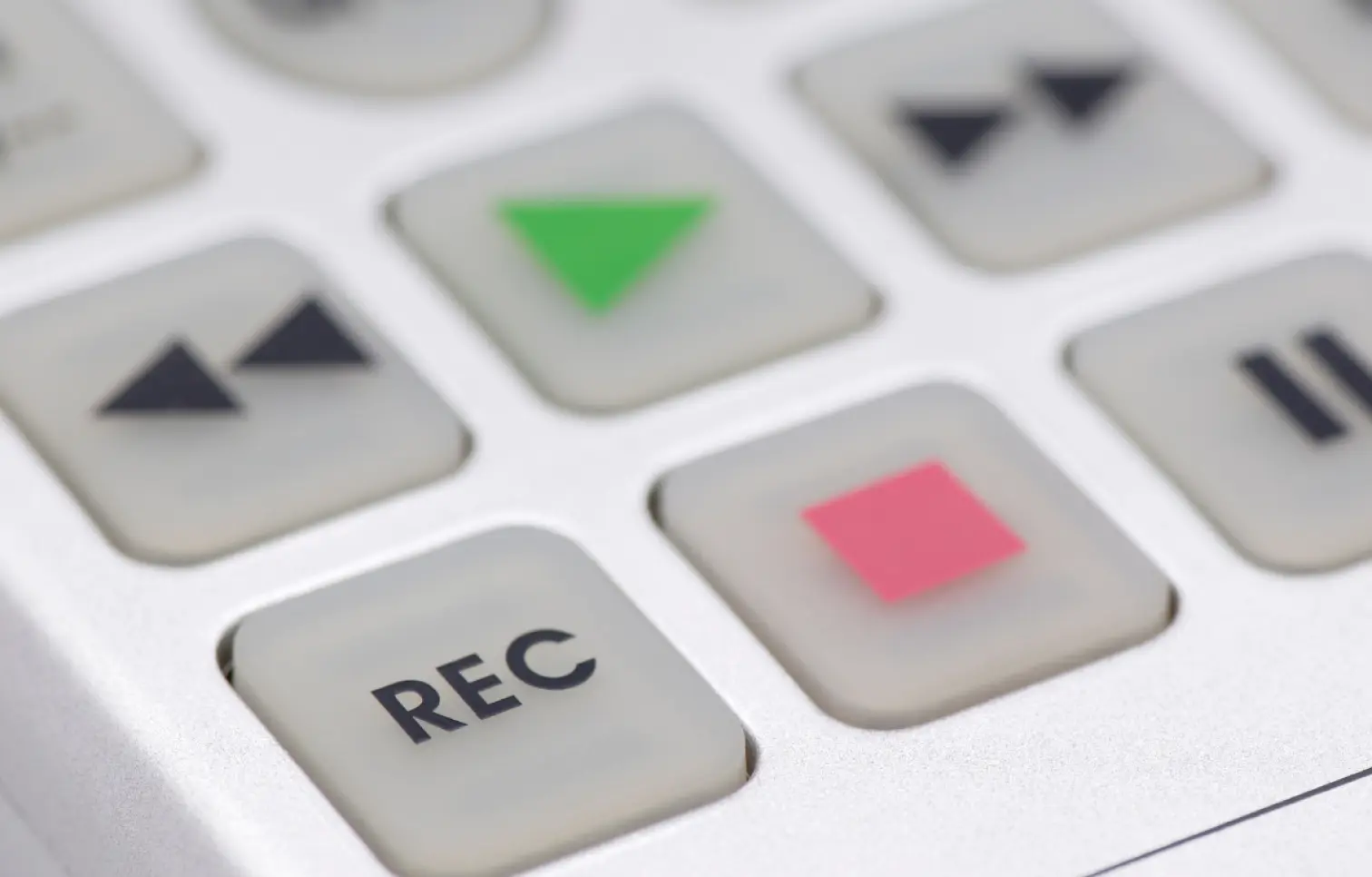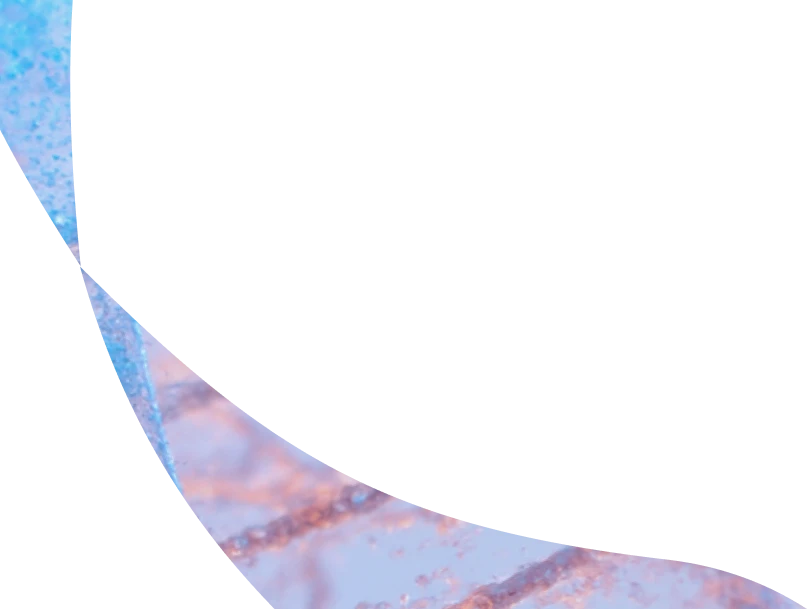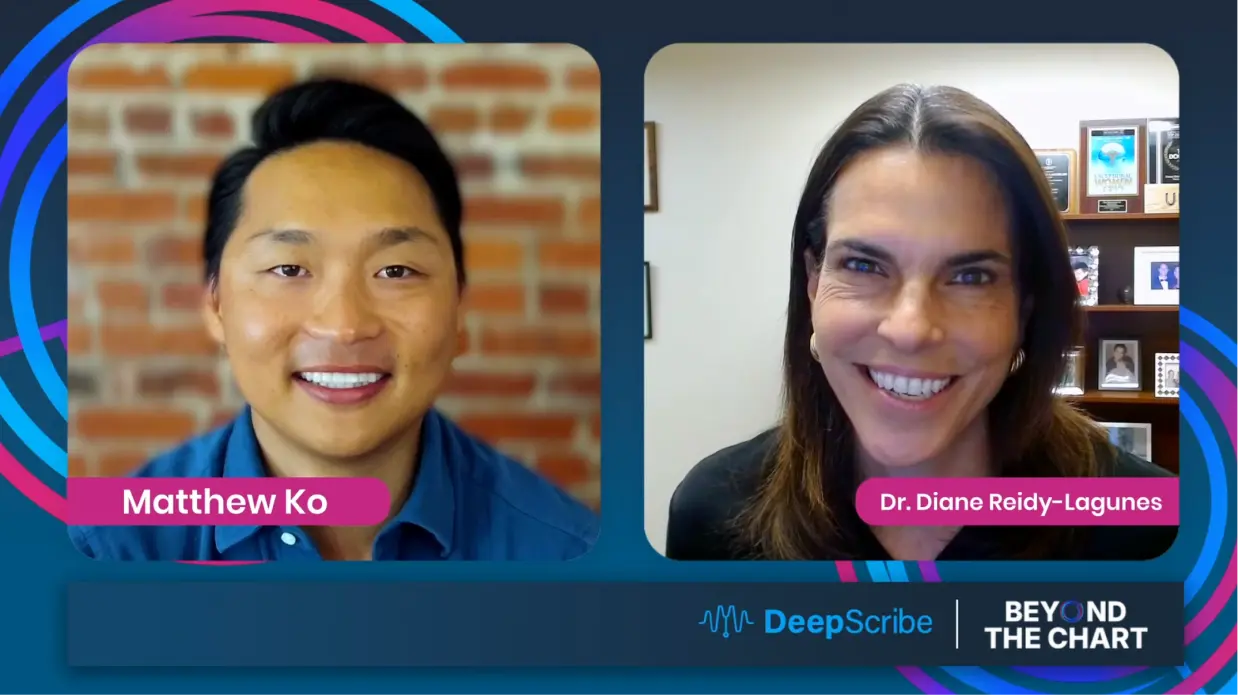What is Medical Dictation and Transcription?
Medical dictation is the process of verbally recording medical information from a patient visit such as test results, diagnoses, treatments, care plans, and more. After dictating, recordings are sent to medical transcriptionists who organize the dictations into clear written records of the visit.


Note: This post was originally published in 2020 to explain the basics of medical dictation and transcription. Today, as ambient AI continues to transform clinical documentation, many clinicians are moving beyond dictation entirely. If you're exploring modern alternatives, check out this overview on how to maximize ambient AI.
What is medical dictation and transcription?
From the courtrooms of ancient Rome to the doctor's offices of today, dictation and transcription are documentation methods that have been used around the world for millennia. In healthcare, medical dictation and transcription have grown significantly in popularity since the dawn of HITECH and Meaningful Use — federal programs that incentivized the adoption of rigorous documentation standards. But what is medical dictation and transcription?
Medical dictation is the process of verbally recording medical information from a patient visit such as test results, diagnoses, treatments, care plans, and more. Traditionally, clinicians write shorthand notes during the visit and then dictate those findings after hours. After dictating, recordings are sent to medical transcriptionists who organize the dictations into clear written records of the visit. After transcribing the encounter and organizing the note, records are returned to clinicians for final review and sign-off.
This method of medical documentation prevents clinicians from typing their notes during visits or after hours and allows them to be more present with patients. When compared to hiring an in-person medical scribe, dictation and transcription can also be more affordable for clinicians because transcription is often billed ad-hoc, most commonly by the minute, line, or word. Yet, as documentation standards increase and scrutiny heightens, traditional medical dictation and transcription are losing popularity among clinicians in the United States. Additionally, it's becoming evident that dictation and transcription are not the most effective way to reduce the heavy documentation burden that plagues clinicians, due primarily to the fact that the process of dictating patient encounters is still time-consuming, mentally draining, and ripe for error.
In recent years, as the shortcomings of traditional medical dictation and transcription have become more exposed, more advanced methods of dictation have arisen in an attempt to relieve the ever-present documentation burden. These solutions leverage speech recognition technology and advanced speech-to-text to remove the transcriptionist from the documentation process altogether. Instead of dictating encounters for a transcriptionist, clinicians can use these advanced tools to dictate directly into the patient's medical record after hours. This method is often more affordable, more efficient, and poses less of a security risk to clinicians. Even still, these advanced solutions don't properly reduce the documentation burden because they are simply replacing typing notes with dictating them, which is still time-consuming and burdensome.
As documentation standards heighten and these new solutions get stress-tested, it's becoming clear that dictation in any capacity does not provide the proper documentation relief that clinicians need. Even with AI and state-of-the-art speech-to-text technology, dictation falls short because it fails to reimagine and revolutionize documentation. Dictation and transcription simply can't keep up with the documentation demands of the modern clinician.
Instead, clinicians across the country are switching to DeepScribe — the world's first AI-powered medical scribe. Unlike medical dictation and transcription which require manual input and heavy oversight, DeepScribe is an ambient solution that captures patient visits as they happen. This means that while clinicians converse with patients, perform exams, and outline care plans, DeepScribe is listening, filtering and formulating a complete medical record — no dictation needed.
Using AI and natural language processing, DeepScribe listens to the natural conversation between clinician and patient, filters out small-talk, and categorizes medical findings into the appropriate fields of the medical record. From here, notes are sent to a quality assurance team that reviews them for accuracy, before being integrated directly into a clinician's electronic health record for review and sign-off.
Unlike medical dictation and transcription, DeepScribe allows clinicians to focus solely on providing care during the visit — no dictation, no short-hand notes, and no typing on the computer. With DeepScribe, clinicians:
- Close charts faster
- Significantly reduce documentation time (up to three hours per day)
- Relieve clinical burnout
- Maximize reimbursement
- Improve patient satisfaction
- Reduce costs and clinical turnover
- Improve operational efficiency
To see how DeepScribe can revolutionize your practice, reach out to us.
text
Related Stories
Realize the full potential of Healthcare AI with DeepScribe
Explore how DeepScribe’s customizable ambient AI platform can help you save time, improve patient care, and maximize revenue.




